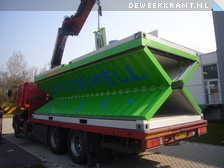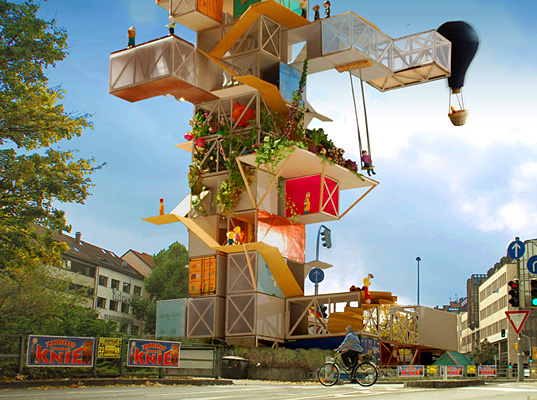 Imports from Asia are rising again. China is allegedly going to allow its currency to rise. Scrap steel is leaving the U.S. and foreign steel is rushing in to fill the warehouses.
Imports from Asia are rising again. China is allegedly going to allow its currency to rise. Scrap steel is leaving the U.S. and foreign steel is rushing in to fill the warehouses.
Much of the trade in goods travels in metal shipping containers, those 20 and 40 foot long boxes you see on rail cars and trucks everyday.
Normally about 20 percent of the containers on ships at any given moment are empty, especially those headed toward Asia. This imbalance costs shipping companies billions of dollars each year, but it presents a gigantic entrepreneurial opportunity for inventors and engineers to make a killing. In the April 12th Wall Street Journal, John W. Miller wrote a fascinating piece on the race to build stackable or foldable shipping containers. It’s an idea that has been floating around for years, but so far nobody has been able to build one that meets all of the demands of shipping firms.
The Port of Rotterdam in Holland is Europe’s busiest port, and container ideas are flowing out from there. Rene Giesbers has designed a composite fiberglass container whose vertical walls fold inward, giving it an “x” shape as it collapses on itself. It supposedly saves 75 percent of the fuel needed to transport it and won’t rust.
Another Dutch engineer, Simon Bosschieter, has designed a container made of steel alloy with folding walls that slide into each other.
An Indian banker, Avinder Bindra, also designed a container with folding walls, but his are stacked vertically instead of horizontally.
With such a big pot of gold out there awaiting a killer design, somebody is going to get it right.
How about you?
Personally, I have no three dimensional brain—I can’t even rearrange my closet. But for people who can envision how to cut precise metal parts in their sleep and who have knowledge of materials, the collapsing container is the Rubik’s Cube of a lifetime.
Why not give it a go?

